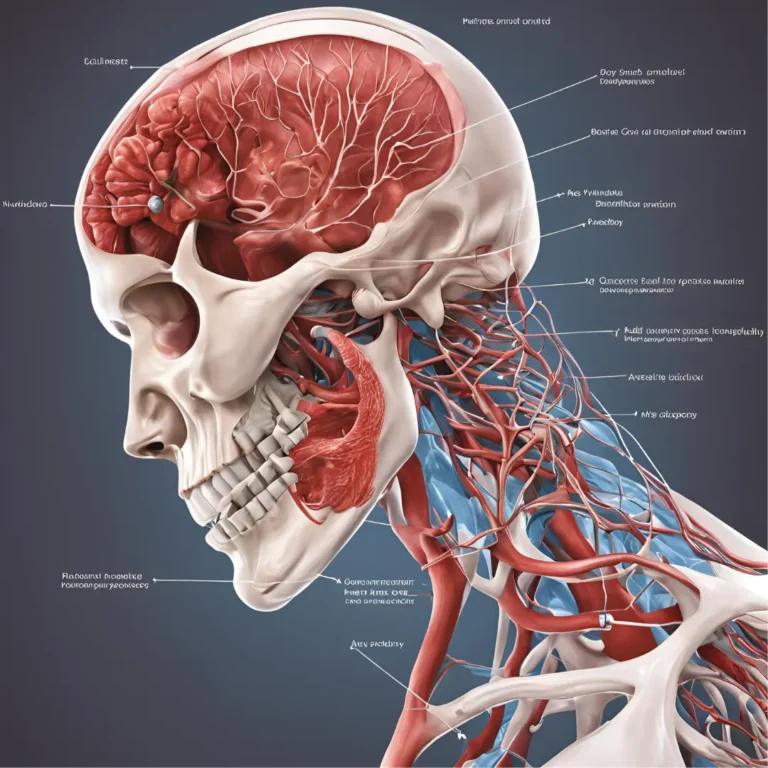Hair Transplant Recovery Timeline: What to Expect Week by Week
So, now you know how to care for your transplanted hair soon after the operation but what happens in subsequent weeks. # Hair Transplant Recovery Timeline: What To Expect Week By Week, Hair transplants are becoming a more and more popular option for people who want to reverse hair loss caused by genetic factors.
Note: If you are looking for hair transplantation ปลูกผม https://facebodyclinicth.com/ปลูกผม-ราคา/ by experienced doctors, please visit the website https://facebodyclinicth.com/ปลูกผม-ราคา/. Here, we provide detailed information about hair transplantation, with an experienced medical team and modern technology to ensure the best results. Click now for a consultation and take care of your hair health.
But grasp of the recovery process is essential for any would-be tummy-tucker. Below is a week-by-week guide for what to expect during the course of hair transplant recovery along with everything you should know before going under surgery. With the keyword in quotation marks: Hair Transplant Recovery Journey Photo Essay (An Informative and Entertaining Read)
Introduction
Surely, deciding on a hair transplant is very important as it does not only have its advantages in terms of appearance but also to boost your confidence. The process of recovery is the most critical part, for it decides how well the post-op period will go. Understanding what to expect throughout the hair transplant recovery timeline can calm nerves and provide insight on how patients must ensure proper preparation for each phase of healing. In this essay, we take you through the week-by-week recovery process – from pain to healing; with milestones along the way and common experiences of people who will undergo or have undergone this transformative journey.
For the week before you need to take extra precaution and keep maintaining yourself.
The healing process begins in the first week,and how well it is managed dictates what kind of results you will achieve. Mild soreness, swelling and redness may be present in the treated area after angioma removal immediately. These effects are usually temporary and will go away within a few days. It is very important to closely follow the post-operative care directions of the surgeon. This involves avoiding physical activity, maintaining the cleanliness of your scalp and limiting contact with or scratching around the grafts so as not to loosen them.Over this period, patients should sleep with an elevated head to reduce any swelling and take prescribed medication for pain relief and infection control. Washing the scalp gently with a prescribed solution is advised to maintain hygiene without causing any harm to the grafts. During the first week, initial indications of healing are seen such as scab formation and less redness (starting-point in terms of Hair Transplant Recovery Timeline).
Week 2: molting and adaptation
As the second week goes on, patients will notice that many of the transplanted hairs fall out. The shedding, also called “shock loss,” is to be expected and should alarm no one. Before they start to regrow new hairs, the hair follicles will undergo a resting stage. This adaptation period allows the follicles to become acclimated with their new surroundings in preparation for future growth.Otherwise, It is important to adhere to the post-surgery care protocol. Aestheticians can instruct patients to stay out of direct sunlight, run soft brushes or fingers over treated areas instead of combing with a fine-toothed comb (or avoid hair care products that contain harsh chemicals), and eat foods like bone broth fiber so the body has what it needs to repair itself. It also gives an appearance of full shedding in the face where after two weeks, almost all basic loss is done and at this point the scalp appears to be gaining back its normal look.
Week 3-4: First signs of Growth
During the third and fourth weeks, something really exciting happens on the hair transplant recovery timeline – new growth! Even though the new hairs do start out thin and fine, this is only the beginning of them slowly but surely growing in. Patients most commonly report some itchiness in the treated area, which suggests that hair follicles are reawakening. It is essential for everyone to be patient and refrain from judging the end results too early during this time. Over time, the new hair growth will become more and more significant and thicker. Following a mild hair care regimen and staying away from anything which might put pressure on the scalp, helps to maintain steady healing & progress.
Weeks 5-8: Progressing in a Blur.
From week 5 to as far into the eighth week’s post op, it is clear that new hair is coming to NVIC. The hair that is transplanted will have more density and texture to it, which patients expect. This is about when the initial redness and scabs will be gone with a more scalp appearance.Through her recovery process, which will take monthsA long-term relationship with the surgeon is critical to manage changes over time and identify problems as they develop. They stick to their hair routine from the use of mild shampoos and end up avoiding heat tools. 7-months after – transplanted hair is now synced with your other original donor area offering a glimpse into what will be.
Months 3-6 Continued Growth & Maturing
Second (3 to 6): From three-to-six months post transplant, the overhauled hair continues developing and maturing. As the transplanted hair continues to grow, it will also thicken and become stronger, providing fullness where there was previously thinning or balding. Mean well hypertension becomes apparent at this time and patients see a large improvement in overall looks & confidence. Recovery is worse well-ingrained, but with time the results finally heard may be 100% after a year (or more) later to consider. Post Surgery Haircare: Stay in touch with your surgeon at intervals to know how best you can maintain hair. Meanwhile, living the healthy lifestyle and the above-mentioned sun protection process should be more than enough to complement your hair transplant results in a good way long-term.
Conclusion
Hair Transplant Recovery is a long & hard journey and requires lots of patience, effort along with adhering to post-surgical instruction. For patients, the clarity of what to expect and when they can be expected to recover etc. is definitely comforting, – as well as the time before results even begin. I would not Forget or lose stickum from New Growing and Mature down-time for Every st2ep of the way! It is all equally as important that your treatment achieve its best outcome when healing following Grow repairs. Done properly, a hair transplant can alter not only your appearance but also the impact on your self image, confidence and well-being.







